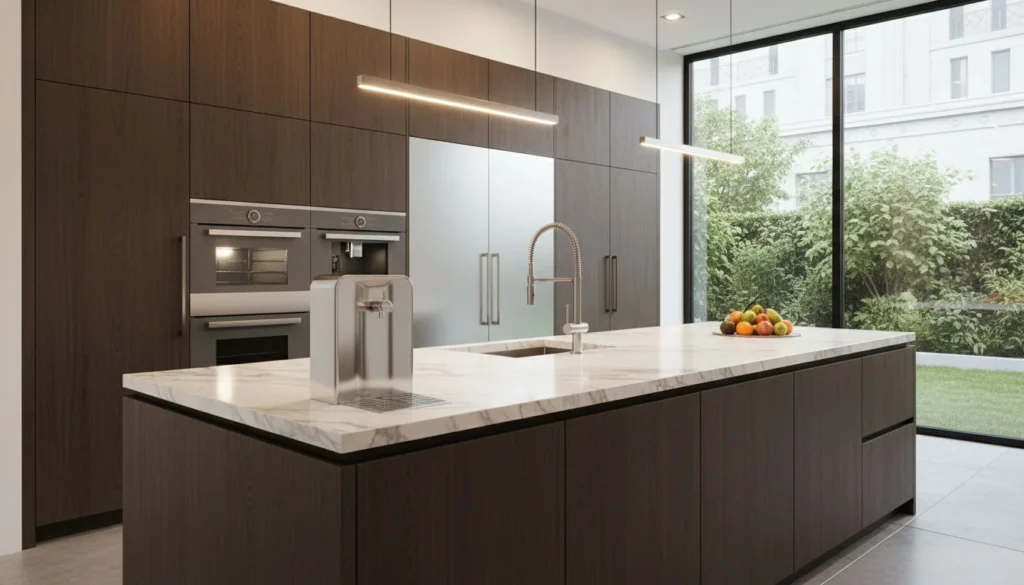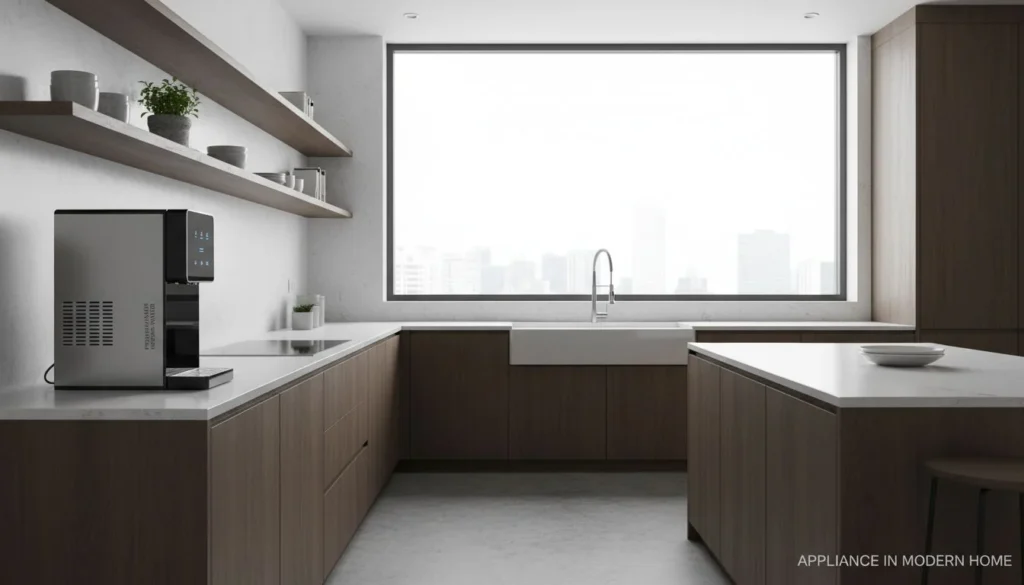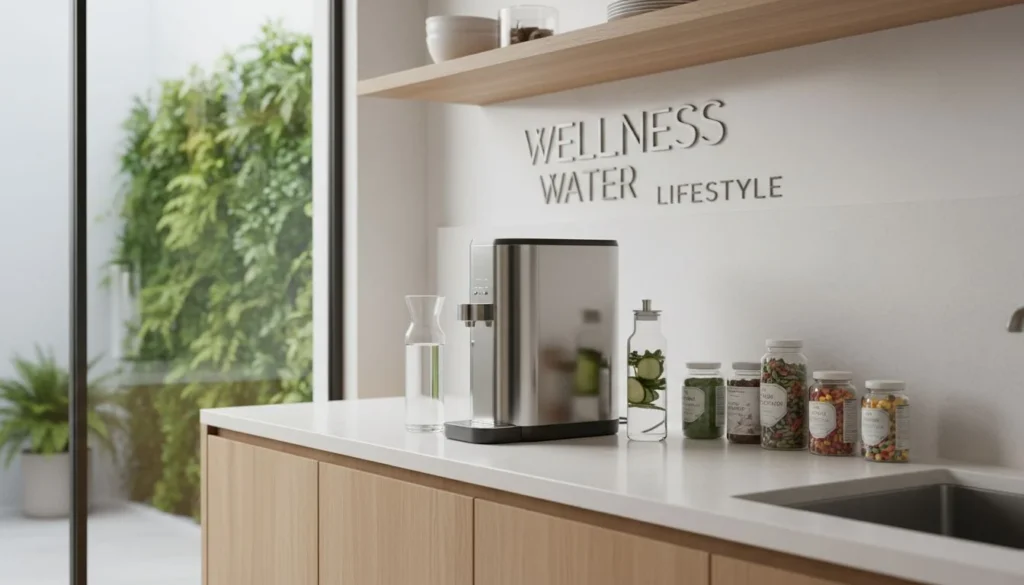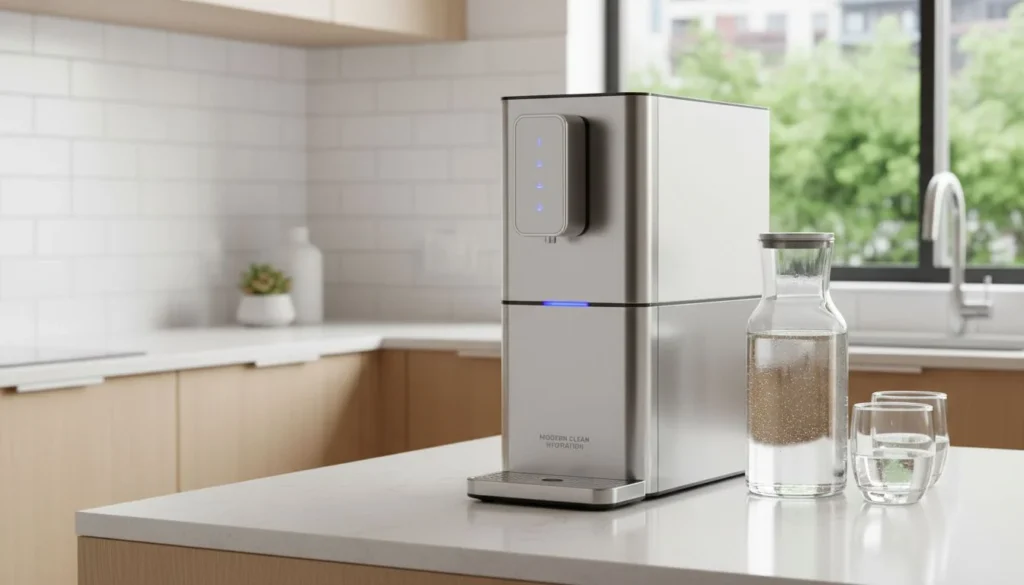Have you ever walked into a room and felt the air was just… off? Perhaps it was too dry, leaving your skin feeling tight, or too humid, making everything feel clammy. The comfort of your home, and even your health, is significantly influenced by an often-overlooked factor: indoor humidity. Maintaining the right balance isn't just about comfort; it's crucial for your well-being, your home's structural integrity, and even your energy bills.
So, what’s the magic number? Most homes thrive with relative humidity (RH) between 40-60%. However, this can shift seasonally: aim for 30-40% in winter and ideally below 60% in summer. This range is widely recommended by experts for optimal health and home preservation.
Before we dive deeper, ever wonder what the humidity is like outside your door right now? You can easily check your local humidity levels and weather conditions here: https://www.weatherbug.com/
Understanding and managing your indoor humidity is a proactive step towards creating a healthier, more comfortable, and more durable living environment. Let's explore why this balance matters so much.
Why Ideal Indoor Humidity Matters for Your Health and Home
Humidity, or the amount of water vapor in the air, plays a critical role in our indoor environments. When levels are too high or too low, it can lead to a cascade of problems for both the occupants and the property itself.
For Your Health:
- Respiratory Comfort: Balanced humidity helps keep your nasal passages and throat moist, reducing irritation and making breathing easier. Extremely dry air can dry out mucous membranes, making you more susceptible to colds, flu, and other respiratory infections. Conversely, overly humid air can exacerbate asthma and allergy symptoms by promoting the growth of mold and dust mites.
- Skin and Hair Health: Dry air can lead to dry, itchy skin, chapped lips, and even static electricity that makes your hair stand on end. High humidity, while seemingly moisturizing, can contribute to skin conditions like heat rash and fungal infections.
- Allergy and Asthma Management: Many common allergens, such as dust mites and mold, thrive in high-humidity environments. Keeping humidity within the ideal range can significantly reduce their populations, providing relief for allergy and asthma sufferers.
For Your Home:
- Structural Integrity: Wood, a common material in homes (flooring, furniture, structural elements), expands and contracts with changes in humidity. Consistent extreme humidity levels can lead to warping, cracking, and damage to your home's structure and furnishings.
- Mold and Mildew Prevention: High humidity is the primary catalyst for mold and mildew growth. These fungi not only cause musty odors and unsightly stains but can also degrade building materials and release spores that are harmful to health.
- Protecting Electronics and Valuables: Extreme humidity can damage sensitive electronics, musical instruments, and other valuable items. Dry air can cause static discharge, while high humidity can lead to corrosion and short circuits.
Signs Your Home's Humidity is Too Low
When the air in your home lacks sufficient moisture, you'll likely notice several tell-tale signs, both personally and within your living space.
Personal Discomfort:
- Dry Skin and Itchy Eyes: Your skin may feel tight, flaky, or itchy, and your lips might chap easily. Your eyes might feel dry and irritated.
- Sore Throat and Nasal Passages: You might wake up with a dry, scratchy throat or experience frequent nosebleeds due to dried-out mucous membranes.
- Static Electricity: You'll notice more static shocks when touching doorknobs, pets, or other people. Your hair might become flyaway.
- Increased Susceptibility to Illness: Dry air can impair your body's natural defenses against airborne viruses, making you more prone to colds and flu.
Home Issues:
- Cracking Wood: Hardwood floors, wooden furniture, and even structural wood can crack, shrink, or warp as they lose moisture. You might notice gaps appearing between floorboards.
- Shrinking Door Frames: Doors and windows might no longer fit snugly in their frames, leading to drafts and increased energy loss.
- Wilting Houseplants: Plants will show signs of distress, such as browning leaf tips and wilting, as they struggle to retain moisture.
- Peeling Wallpaper: The adhesive on wallpaper can dry out, causing it to peel away from the walls.
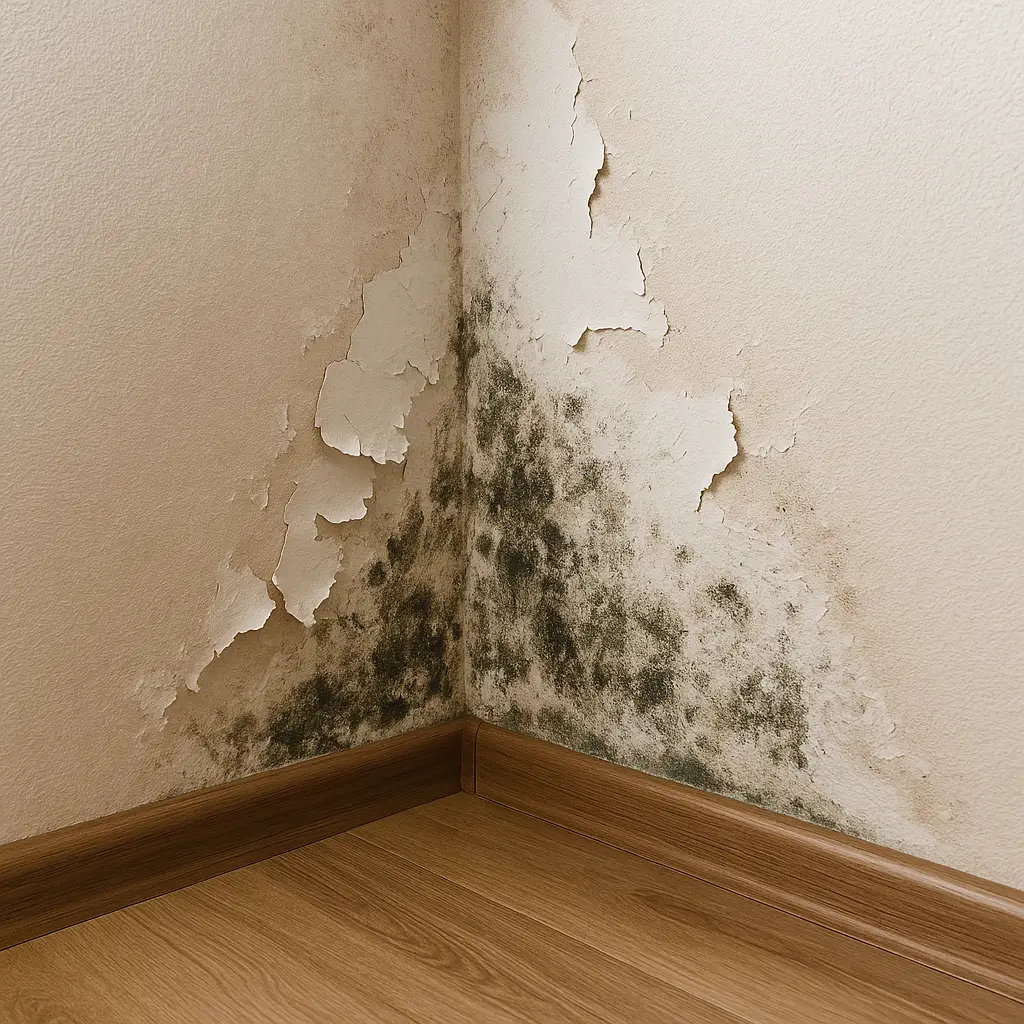
Signs Your Home's Humidity is Too High
Excessive moisture in the air can be just as problematic as too little, creating an environment ripe for mold, mildew, and discomfort.
Personal Discomfort:
- Stuffy, Clammy Air: The air feels heavy and oppressive, making it difficult to breathe deeply. Your skin might feel perpetually sticky or clammy.
- Musty Odors: A persistent musty or damp smell often indicates the presence of mold or mildew, even if you can't see it.
- Exacerbated Allergies and Asthma: Increased dust mites and mold spores can trigger more frequent and severe allergy attacks and asthma symptoms.
Home Issues:
- Condensation: You'll see condensation forming on windows, mirrors, cold pipes, and even walls, especially in bathrooms and kitchens.
- Mold and Mildew Growth: Black, green, or white patches of mold can appear on walls, ceilings, grout lines, shower curtains, and even fabrics.
- Warped Wood: Wooden doors, window frames, and furniture can swell and warp, making them difficult to open or close.
- Peeling Paint: High humidity can cause paint to bubble, peel, or crack, particularly in bathrooms and basements.
- Pest Infestations: High humidity attracts pests like cockroaches, silverfish, and termites, which thrive in damp conditions.
How to Accurately Measure Your Home's Humidity
Before you can adjust your home's humidity, you need to know what the current levels are. Fortunately, measuring indoor humidity is straightforward.
- Hygrometers: These devices are specifically designed to measure relative humidity. You can find inexpensive digital hygrometers that provide accurate readings. Place them in various rooms to get a comprehensive understanding of your home's humidity distribution.
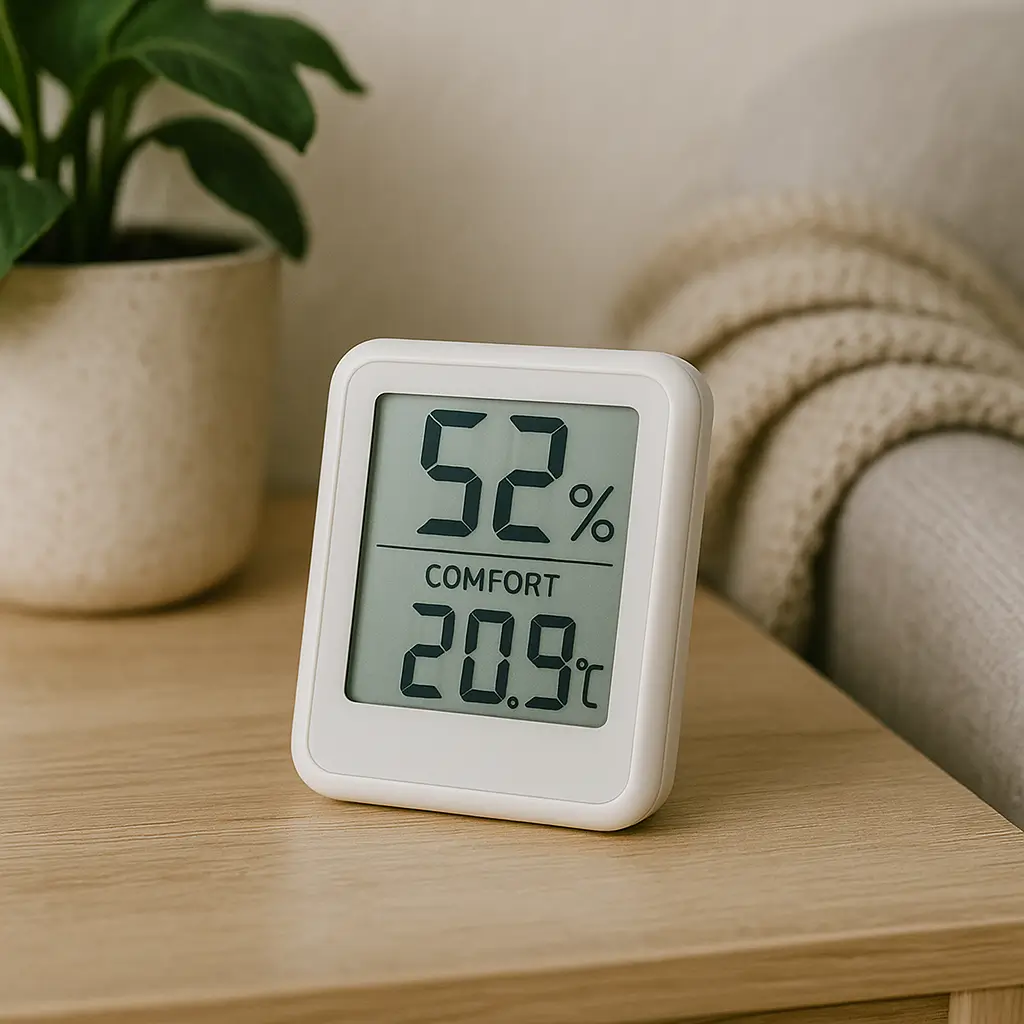
- Smart Thermostats: Many modern smart thermostats come equipped with built-in humidity sensors. They can display the current humidity level on their screen or through a connected app, often providing historical data as well.
- Simple DIY Test (Ice Cube Test): For a quick, informal check, place a few ice cubes in a glass of water. If condensation forms on the outside of the glass within a few minutes, your indoor humidity is likely above 50-55%. If no condensation forms, the air is probably too dry. While not precise, it gives a general idea.
Achieving and Maintaining Your Ideal Indoor Humidity Levels
Once you know your home's humidity levels, you can take steps to bring them into the ideal range.
When Humidity is Too Low (Humidification)
If your home's air is too dry, especially during colder months when heating systems strip moisture from the air, consider these solutions:
- Portable Humidifiers: These units add moisture to the air in individual rooms. They come in various sizes and types (cool mist, warm mist, ultrasonic). Be sure to clean them regularly to prevent mold and bacteria growth.
- Whole-Home Humidifiers: For consistent humidity control throughout your entire house, a whole-home humidifier integrated with your HVAC system is an excellent solution. These systems work automatically to maintain your desired humidity level, requiring less maintenance than portable units and providing more uniform results.
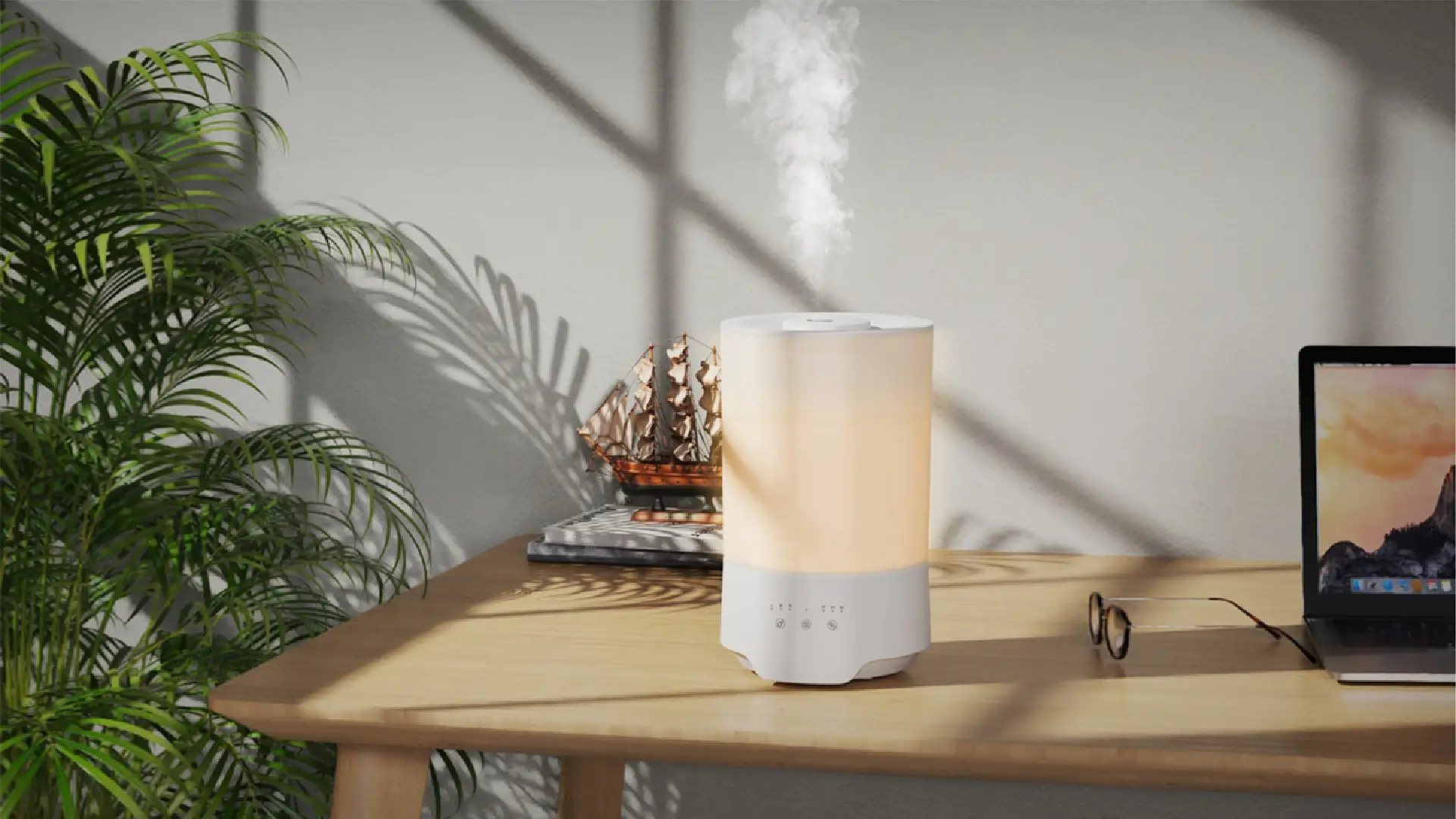
- DIY Tips:
- Place bowls of water near heat sources (but safely away from electrical outlets).
- Dry laundry on an indoor drying rack.
- Keep bathroom doors open after showering to allow steam to dissipate into the rest of the house (unless humidity is already high).
- Introduce more houseplants, as they release moisture into the air through transpiration.
When Humidity is Too High (Dehumidification)
Excessive humidity is common in warmer, more humid climates or in homes with poor ventilation. Here's how to tackle it:
- Portable Dehumidifiers: Similar to humidifiers, these units remove moisture from the air in specific areas. They are effective for damp basements, bathrooms, or other problem spots.
- Whole-Home Dehumidifiers: For comprehensive humidity control, a whole-home dehumidifier works with your HVAC system to remove excess moisture from the air before it's circulated throughout your home. This is particularly effective in preventing mold and mildew in humid climates.
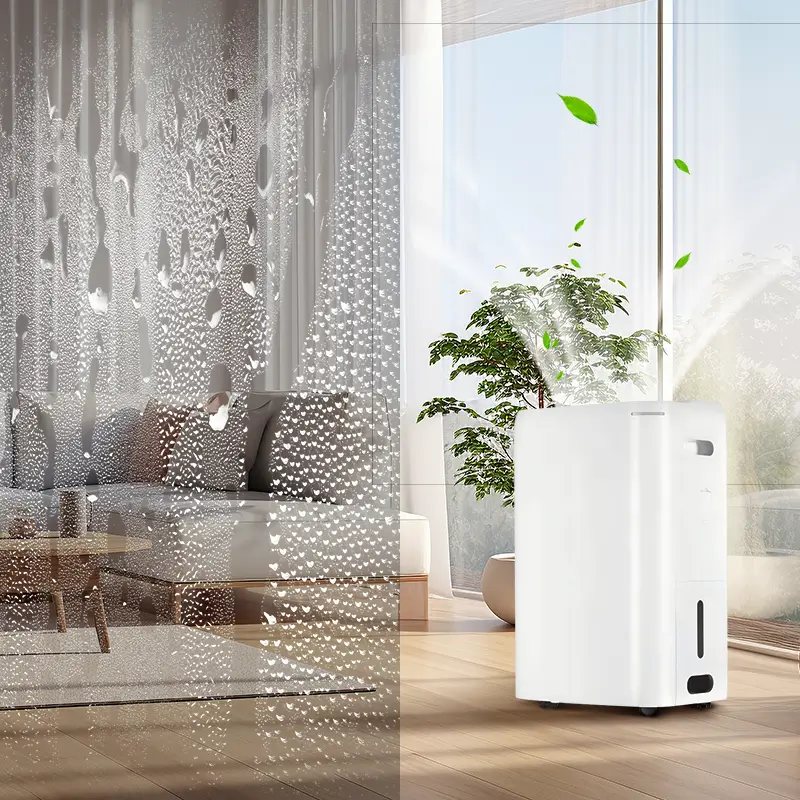
- Improve Ventilation:
- Use exhaust fans in bathrooms and kitchens during and after showering or cooking.
- Open windows and doors when outdoor humidity is lower than indoor humidity to allow for natural air exchange.
- Ensure your attic and crawl spaces are properly ventilated.
- Fix Leaks: Promptly repair any leaky pipes, roofs, or foundations, as these are direct sources of unwanted moisture.
- Air Conditioning: Running your air conditioner not only cools your home but also removes moisture from the air as a byproduct of the cooling process.
- Seal Air Leaks: Seal cracks and gaps around windows, doors, and foundations to prevent humid outdoor air from entering your home.
Seasonal and Regional Considerations: Adapting Your Humidity Strategy
The "ideal" humidity level isn't a static number; it needs to adapt to your local climate and the changing seasons.
- Winter (Cold, Dry Climates): In regions with cold winters, heating systems can drastically dry out indoor air. The recommended indoor humidity often drops to 30-40% to prevent condensation on windows and walls, which can lead to ice buildup and mold. While higher humidity might feel more comfortable, it can cause structural damage in very cold conditions.
- Summer (Hot, Humid Climates): In hot, humid climates, the challenge shifts to removing excess moisture. Maintaining humidity below 60% is crucial to inhibit mold and dust mite growth. Air conditioning helps, but a dedicated dehumidifier might be necessary to keep levels comfortable and healthy without over-cooling your home.
- Transitional Seasons: Spring and fall can be unpredictable. Monitor your humidity closely and be prepared to adjust your strategies as outdoor conditions fluctuate.
Understanding the Relative Humidity Chart
A Relative Humidity Chart visually represents the safe and unsafe zones for indoor humidity, often correlating humidity levels with potential health risks and damage to your home. Such a chart typically highlights the 40-60% RH range as the "comfort zone" or "safe zone," with areas above and below indicating risks like mold growth, dust mites, bacteria, viruses, or dry skin, respiratory irritation, and wood damage.
Frequently Asked Questions (FAQs)
Here are some common questions people have about indoor humidity:
Q: Is 60% humidity too high indoors?
A: While 60% is at the upper end of the generally recommended range, it can be acceptable, especially in summer. However, consistently staying above 60% can create an environment conducive to mold growth and dust mites. It's often best to aim for 50-55% or lower if possible, especially if you notice signs of high humidity.
Q: What is the ideal humidity for sleeping?
A: For optimal sleep comfort and respiratory health, an indoor humidity level between 40-60% is generally recommended. This range helps prevent dry nasal passages and sore throats, which can disrupt sleep, while also deterring allergens.
Q: Can low humidity cause health problems?
A: Yes, prolonged exposure to low humidity can lead to dry skin, chapped lips, irritated nasal passages, sore throats, and increased susceptibility to respiratory infections. It can also exacerbate conditions like eczema and asthma.
Q: How long does it take to dehumidify a room?
A: The time it takes to dehumidify a room depends on several factors: the size of the room, the initial humidity level, the capacity of your dehumidifier, and the ambient temperature. A small, moderately humid room might see significant improvement in a few hours, while a very damp basement could take days.
The "Hive-Mind" Speaks: Common Humidity Questions Answered
Beyond the standard FAQs, online communities often bring up nuanced questions about indoor humidity. Here are a few insights from the collective experience:
- Q: "My humidifier leaves white dust everywhere. What's wrong?"
A: This is often due to using tap water, which contains minerals. Switching to distilled water or using a demineralization cartridge can solve this issue. Humidificateurs à ultrasons are particularly prone to this "white dust." - Q: "Should I turn off my humidifier/dehumidifier when I leave the house?"
A: For short periods, it's generally fine to leave them running, especially if you have a whole-home system that maintains a set level. For longer absences, or if you're concerned about energy consumption, you might turn them off, but be aware that humidity levels could drift significantly. Smart devices can help you manage this remotely. - Q: "Why is my basement always so damp, even with a dehumidifier?"
A: Basements are often prone to dampness due to their below-grade construction and lack of natural ventilation. Ensure your dehumidifier is adequately sized for the space, check for any water leaks, and consider improving external drainage around your foundation. Sometimes, professional waterproofing might be necessary.
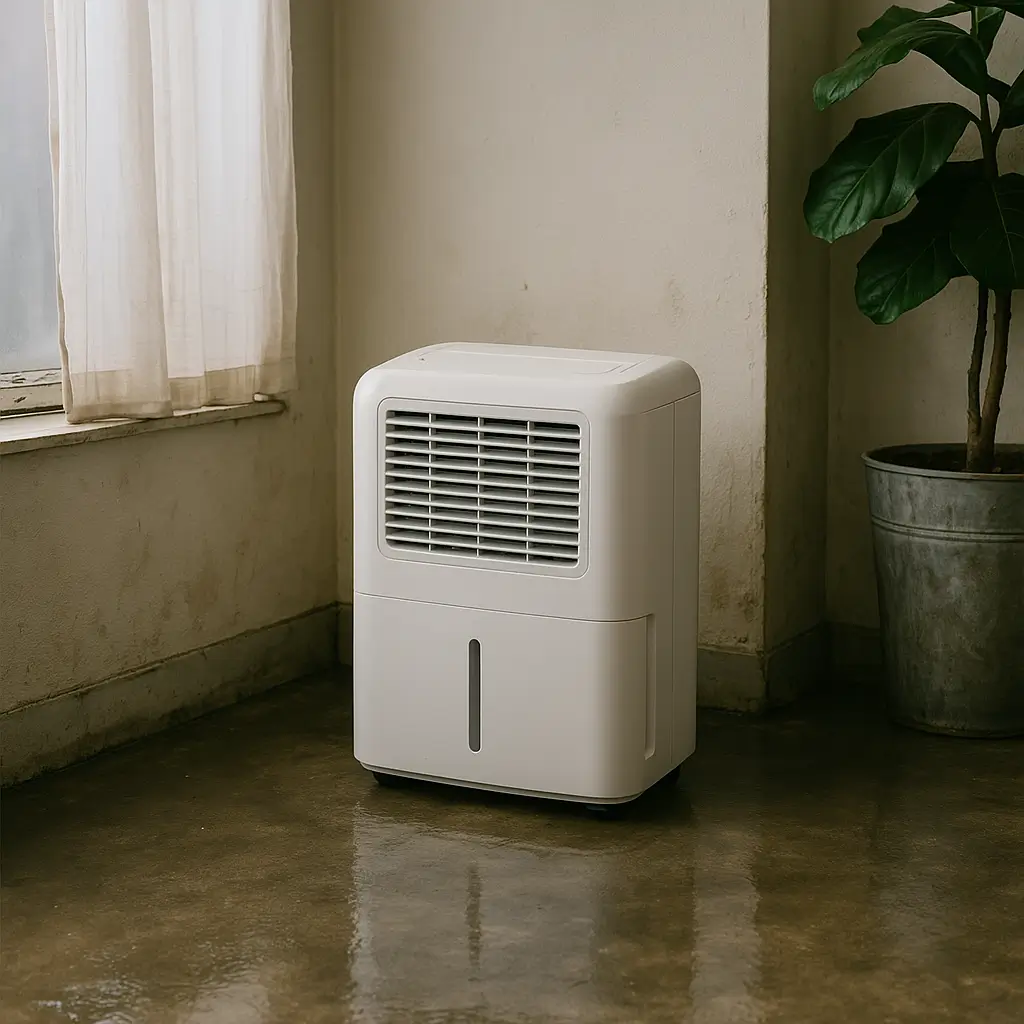
Conclusion: Investing in Your Home's Air Quality
Understanding and managing the ideal indoor humidity level is a vital component of creating a healthy, comfortable, and well-preserved home. From protecting your family's respiratory health to safeguarding your valuable possessions and preventing structural damage, the benefits of balanced humidity are clear.
By using simple tools like hygrometers, recognizing the signs of imbalance, and implementing appropriate humidification or dehumidification strategies, you can take control of your indoor environment. If you're struggling to maintain ideal humidity levels or are considering a whole-home solution, don't hesitate to consult with an HVAC professional. They can assess your specific needs and recommend advanced systems that provide consistent comfort and protection for your home and health.



